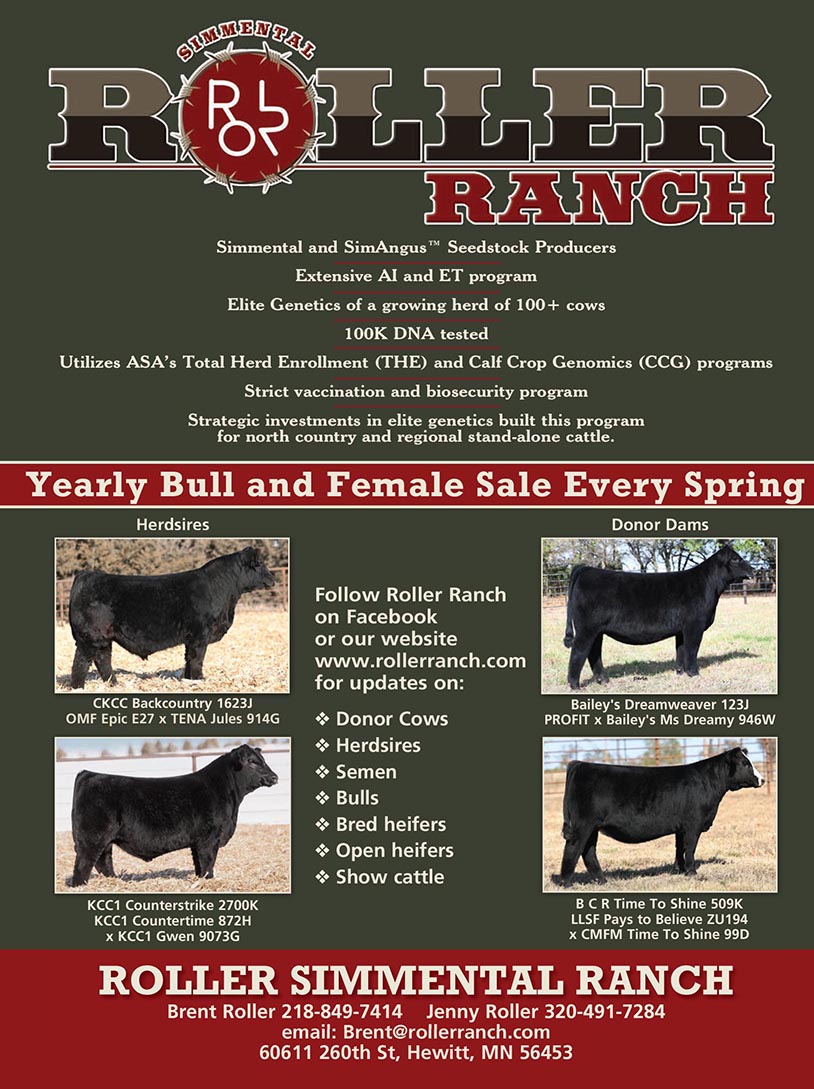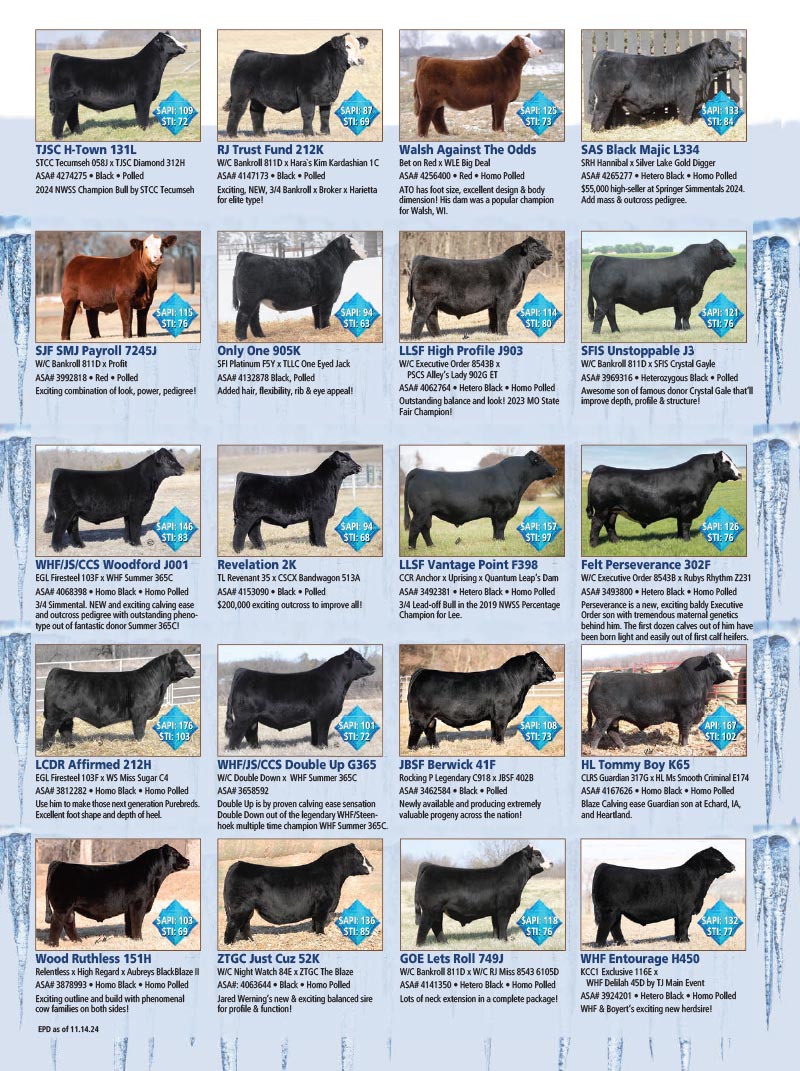by Lane Giess, ASA Geneticist
Panama’s cattle industry is a dynamic and evolving sector in the global beef industry.
Deeply rooted in the use of Bos indicus breeds to combat its variable tropical climate, Panamanian beef producers have focused on resilience and adaptability to be successful. With approximately 1.5 million cattle, their national cow herd provides much of the country’s 4.5 million population with beef. Because of a strong urge to satisfy the country’s growing demand for beef, opportunities exist to enhance genetic selection strategies and beef production efficiencies.
I was honored to be invited to the Feria Internacional de David by Virgilio Martinez, president of the Livestock Committee, marking my second trip to the country. My first visit was as a speaker at the Instituto de Innovación Agropecuaria de Panamá (IDIAP) scientific conference, where I was first able to engage with leaders in the scientific community on advancements in genetic selection and the importance of robust data collection. This most recent trip served as a continuation of the mission of the American Simmental Association (ASA) and International Genetic Solutions (IGS) — bringing insights from US scientific and technological advancements to global beef producers.
A closer look at Panama’s beef industry would indicate that crossbreeding efforts are prevalent with many breeders using Brangus and Beefmaster as foundational composite breeds in their operations. However, Panama’s cattle industry still relies heavily on phenotype-based selection, often using show ring success as a primary indicator of genetic merit. A key opportunity for advancement lies in developing the infrastructure for a more structured genetic evaluation system for seedstock producers to more appropriately and unbiasedly identify animals with superior genetic merit. By integrating objective selection tools, Panama could better identify animals that enhance productivity and profitability in commercial herds.

Unlike in the US, where crossbreeding still faces some resistance, Panama has demonstrated a strong ability to match different breeds and genetics to diverse environmental conditions. In regions like Chiriquí, where the climate is hotter and drier, breeds such as Brahman and Brangus remain dominant, though when you cross over the Cordillera de Talamanca mountains into the Bocas del Toro province where it is cooler, you will start to find more Bos taurus breeds such as Angus and Simmental.
During my visit, I toured Ganadería Mercedes D. de Miro e Hijas, a ranch managing over 1,700 commercial cows. Their approach to structured crossbreeding and intensive grazing strategies stood out as a model of efficiency and maximizing the production in a challenging environment. Led by Dr. Miguel Cardozo, the ranch has a dedicated Brahman cow herd and imports Angus semen from the US and Brazil to develop Brangus replacements. With a primarily Brangus cow herd, they use other breeds such as Simbrah to further enhance the amount of heterosis being captured. One of the most impressive lessons learned from Dr. Cardozo was their investigation into a side-by-side comparison of the fertility rates and calf performance on cows managed in straight open grass pastures versus those managed in pastures mixed with trees for shade. Uniquely, few production systems utilized these “mixed” pastures in Panama due to greater management efforts, but the results of this side-by-side comparison would suggest that the fertility rates and performance in pastures with trees is superior compared to open pastures.

As part of my visit, I led a feet and legs scoring clinic with local breeders to emphasize the importance of structural integrity in cattle selection. Bringing awareness to the nuances of foot conformation can help breeders better identify potential animals for culling. Panama imports a significant amount of US genetics, and sometimes the high-growth sires from the US are starting to introduce foot structure issues, such as hoof curling and flat heels, into their cow herd. The breeders in attendance were highly engaged, eager to learn, and extremely responsive to the material, which highlights their dedication to genetic improvement.
Panama’s cattle industry has a strong foundation with enthusiastic breeders, commendable use of crossbreeding principles, and a fundamental understanding of matching genetics to variable environments, but the next step in its evolution will be the integration of objective genetic selection tools. The country relies heavily on US-developed genetics and science, which further enforces the importance of collaboration between Panamanian breeders and the ASA and IGS network. By fostering global partnerships we can strengthen beef production systems, enhance genetic evaluation methodologies and prediction, and build a more resilient global beef industry. .







